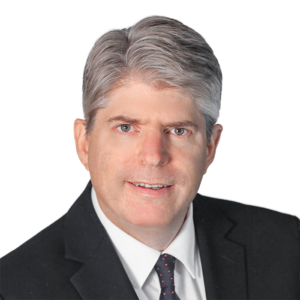Man Buns & Purple Hair
Can Employers Regulate Physical Appearance?
Certain states such as California and Illinois have been or are in the process of enacting laws to protect employees’ hairstyles because of the fear that banning specific looks may have a disparate impact on certain protected classes of workers. Wisconsin currently has no such law. The city of Madison, however, has long had an ordinance prohibiting employment discrimination based on physical appearance, unless there’s a reasonable business purpose justifying the workplace policy.
Madison Ordinance
Madison General Ordinance (MGO) Section 39.03(8) provides:
(8) Employment Practices. It shall be an unfair discrimination practice and unlawful and hereby prohibited: (a) For any person or employer individually or in concert with others to fail or refuse to hire or to discharge any individual, or otherwise to discriminate against any individual with respect to her/his compensation, terms, conditions, or privileges of employment, because of such individual’s protected class membership [emphasis added].
MGO section 39.03(2) defines physical appearance as “the outward appearance of any person, irrespective of sex, with regard to hairstyle, beards, manner of dress, weight, height, facial features, or other aspects of appearance. It shall not relate, however, to the requirement of cleanliness, uniforms, or prescribed attire, if and when such requirement is uniformly applied for admittance to a public accommodation or to employees in a business establishment for a reasonable business purpose.” In short, physical appearance is a protected class under the ordinance.
Decisions Involving Physical Appearance
Madison’s physical appearance ordinance was adopted in the 1970s, but only a few decisions have been rendered under it. In one case, the Madison Equal Opportunities Commission (MEOC) found a McDonald’s no-beard policy constituted discrimination based on physical appearance because its asserted concerns about health, safety, and a public image of cleanliness were pretextual (or a cover-up for discrimination). The state circuit court reversed the decision, and the Wisconsin Court of Appeals affirmed the trial court’s ruling.
In another case, an employee challenged a policy banning long skirts. A hearing examiner found the policy was discriminatory because (1) it was too vague and (2) the employer had presented no evidence to justify its articulated business purpose of safety. The MEOC ruled, however, that the employer’s safety concern was sufficient, and the complainant hadn’t carried her burden of proving prohibiting long skirts was pretextual.
Finally, about 20 years ago, an employee challenged her termination for wearing a nose ring against a Madison Sam’s Club dress code. The hearing examiner ruled for the employee, saying the employer had no right to insist on a “conservative” image. The trial court and the court of appeals found in Sam’s Club’s favor, stating the company had the right to enforce a no-frills dress code on its employees, which included prohibiting the wearing of a nose ring.
Bottom Line
Madison employers need to make sure you are aware of and adhere to the requirements of the city’s physical appearance ordinance. You need to understand the reasonable business purpose applies only to cleanliness, uniforms, or prescribed attire. So a business that doesn’t have any specific safety concerns can’t regulate hair length and has no basis to regulate hair color. Employers outside of Madison should be cognizant that some dress codes may create a disparate impact on certain protected classes, which could be the basis for a discrimination complaint.
This article, slightly modified to note recent updates, was featured online in the Wisconsin Employment Law Letter and published by BLR®—Business & Legal Resources. Reproduced here with the permission of BLR®—Business & Legal Resources.
